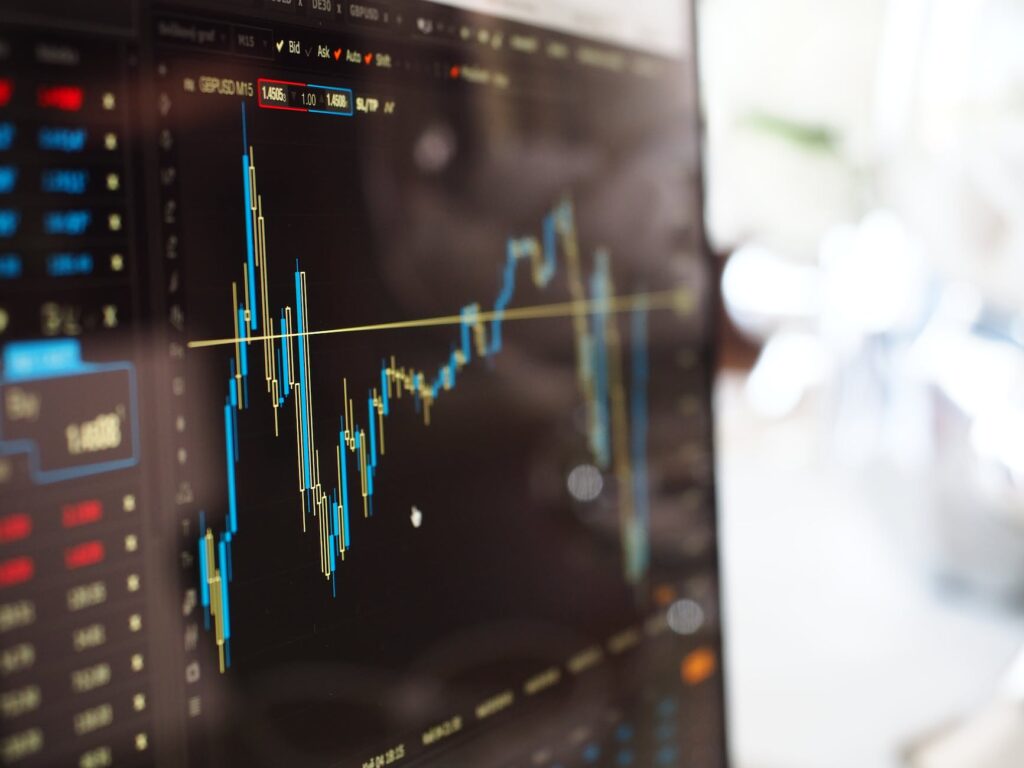Your basket is currently empty!
Tax Bands and Rates 2024/25 – Give and Take on Tax

Yes, it’s tedious stuff but a basic understanding of the UK tax system is seriously useful. From checking your employer has paid you correctly, to managing your finances tax efficiently, being tax savvy has its benefits. This article details the tax bands and tax rates for 2024/25 plus the tax-free allowances – a little bit of give in tax terms!
This article focuses on England, Wales, and Northern Ireland, as Scotland has different tax bands and rates.
Tax bands and rates
England, Wales and Northern Ireland have three marginal tax bands and rates. UK individuals have an annual tax-free allowance of £12,570 per year. Income between £12,570 and £50,270, falling within the basic rate tax band, is taxed at 20%. The higher rate tax band of 40% applies to income over £50,270 and up to £125,140. Income over £125,140, falls within the additional rate tax band and is taxed at 45%. Once you earn over £100,000 a year, the personal allowance decreases by £1 for every £2 you earn and is lost completely once your income reaches £125,140.
A marginal tax system means that you only pay tax at a higher rate on the portion of income that falls within a higher tax rate band. Someone earning £53,000 per year will pay 20% tax on earnings between £12,570 and £50,270 and 40% tax on their earnings over £50,270, or 40% on £2,730.
Tax by freezing
In a perfect world, the tax band thresholds would increase annually by the prevailing inflation rate. The government has frozen and decreased some tax thresholds and allowances, to increase tax revenues for the Treasury. This will ultimately result in tax increases for many of us.
The tax bands and personal allowances are currently frozen meaning they aren’t increasing in line with inflation. This results in some people’s income falling into a higher tax band after an inflationary pay increase. For example, someone receiving an inflationary pay increase, who was previously a basic rate taxpayer, may find that part of their pay is taxed at the higher tax rate of 40%.
Someone earning £12,570 or less, not currently paying tax may find themselves paying tax after a salary increase. An individual currently earning £12,500 per year will not pay tax as their income falls within the annual personal tax-free allowance. If they receive a pay raise of £500, increasing their salary to £13,000, they will pay 20% tax on £430 of their salary.
Similarly, someone earning £50,000 a year receiving an inflationary increase of £4,500 or 9%, will be subject to the 40% higher rate of tax on £4,230 of their earnings. In this example, because neither the personal allowance nor the threshold for the basic rate of tax increased, the individual is effectively subject to two tax increases. Had the basic rate tax band threshold increased by 9% in line with inflation, the individual would have remained a basic rate taxpayer. Freezing the threshold has resulted in a tax increase of 2% for the individual.
| Salary | Tax | Effective tax rate |
| £50,000 | £7,486 | 15% |
| £54,500 | £9,232 | 17% |

Tax allowances – tax year 2024/25
| Personal Tax Allowance | £12,570 |
| Dividend Allowance | £500 |
| Capital Gains Allowance | £3,000 |
| Personal Savings Allowance – basic rate taxpayers | £1,000 |
| Personal Savings Allowance – higher rate taxpayers | £500 |
Tax-free income
UK individuals can earn various types of income tax-free thanks to several tax allowances. Whilst the government has reduced the dividend and capital gains allowances from April 2024, the savings allowance remains at £1,000. This means that as a basic rate taxpayer, you can earn £1,000 in interest tax-free in the tax year. For higher rate taxpayers it is £500.
Dividends are the income you earn from stock market funds and shares. From April 2024 the personal dividend allowance is £500. This means you can earn £500 in dividends tax-free with any dividends above this subject to tax of 8.75% for basic rate taxpayers and 33.75% for higher rate taxpayers.
If you sell certain assets, profits up to £3,000 per annum are tax-free as this falls within the capital gains tax allowance. Profits on investment properties above the capital gains allowance of £3,000 are taxed at 18% for basic rate taxpayers. Higher rate taxpayers pay 24% on profits above £3,000 from property investments. For other assets, such as shares, the basic tax rate is 18% and 24% for higher rate taxpayers.
If you are looking to invest in the stock market or have cash likely to earn more than £1,000 a year in interest, consider an ISA. With ISAs, you can invest and save up to £20,000 per year tax-free.
Alternatively, you can save tax by contributing to a personal pension plan. The government contributes an additional 20% tax relief for basic rate taxpayers.
For more information on pensions, click below:
by
Tags: